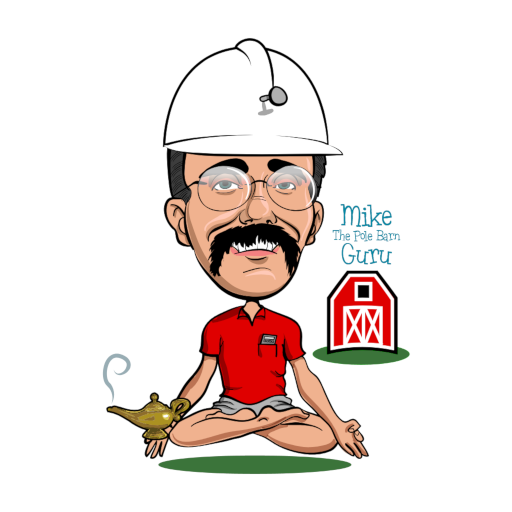What is Return on Investment of Adding a Barn?
Reader STACY in HOBE SOUND poses an interesting question:
“What is the national average ROI of adding a barn?”
In the 1980’s my family and I lived in what was probably the nicest area of Salem, Oregon. Many of our neighboring homes (and ours) had been featured in home shows. Our particular home was just over 3000 square feet (sft) spread across four levels.
During my ownership we made many improvements – outside we added an eight foot tall 1×6 tongue and groove cedar fence, a custom in-ground gas heated swimming pool and enlarged existing decks. Inside we added roughly 1000 sft of living space featuring a free standing wood stove on lowest level and a brick fireplace within Master Bedroom, plus a third garage stall.
 We paid $130k for it in 1982 and sold it seven years later for $164k. Our ROI (Return On Investment) was poor (as in negative) as we took our neighborhood’s nicest home and built beyond what our market would support. We did get to enjoy our homes features during our time there, however as far as an investment, it was a poor one.
We paid $130k for it in 1982 and sold it seven years later for $164k. Our ROI (Return On Investment) was poor (as in negative) as we took our neighborhood’s nicest home and built beyond what our market would support. We did get to enjoy our homes features during our time there, however as far as an investment, it was a poor one.
Your (or any) barn could face similar challenges, depending upon your property’s particular circumstances. In most cases, a well-constructed, engineered post frame barn will be worth more at completion, than it cost to construct and will appreciate over the years to follow.
Often, people assume a barn will increase their property value – not necessarily true. Although you may not plan on moving anytime soon, it’s important to consider the resale value of your building and property.
According to Realtor Magazine, a large, attractive garage or storage building adds curb appeal and resale value to your property. In fact, lack of garage or shop space is a deal breaker for some home buyers.
Luckily for you, a post frame building is a flexible and durable construction method. You can combine your shop, garage, recreation area with storage room to appease future buyers.
To satisfy your curiosity, consult with a Realtor prior to making improvements. They should be able to give you an idea of your property’s value both now, and after your new post frame building is completed.
 Cutting operating expenses beyond your utility bill
Cutting operating expenses beyond your utility bill





